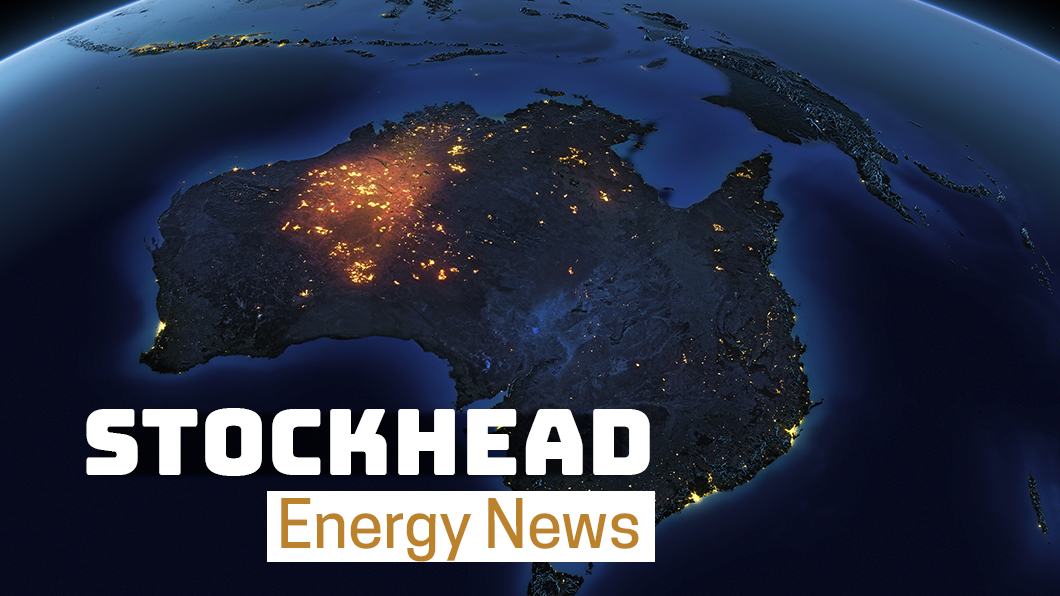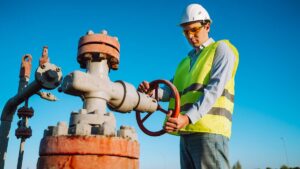Some of China and Japan’s biggest firms are setting ambitious hydrogen growth targets

Pic: Matthias Kulka / The Image Bank via Getty Images
Large firms in China and Japan are moving to assert early dominance in the nascent global hydrogen market.
Globally, there are now 228 large-scale projects for a combined $US300 billion of proposed investment through to 2030, according to the Hydrogen Council.
$US80 billion of this is in advanced planning, has passed a final investment decision or is under construction or commissioned.
Japan and China are two heavyweights planning to use hydrogen as part of their decarbonisation goals.
In Japan, multi-billion dollar trading house Itochu is joining forces with coke producer Nippon Coke & Engineering and Belgium shipping firm Compagnie Maritime Belge (CMB) to develop a local hydrogen production and supply chain.
The project will use by-product hydrogen from Nippon Coke’s coke producing operations and CMB’s hydrogen-powered ship engine tech, combined with Itochu’s long-established business ties with steel mills and utilities — the future potential users of hydrogen.
The partners plan to launch a hydrogen supply chain sometime between April 2023-March 2024, according to consultancy Argus.
It says more Japanese firms are seeking hydrogen business opportunities in Japan and overseas in the wake of a potential demand growth for the clean energy.
Meanwhile, Chinese state-controlled oil and gas firm Sinopec – which has market cap of over $100 billion — is planning to become China’s top hydrogen company by 2025.
The company, which produces 3.5 million tonnes per year of hydrogen currently, is already the country’s biggest producer of the clean fuel.
But Sinopec wants to champion a move to turn grey hydrogen to cleaner blue or green hydrogen, Argus says.
“Grey hydrogen is typically produced from natural gas, while blue hydrogen uses carbon capture and storage for greenhouses gases created with grey hydrogen,” it says.
“Green hydrogen is typically produced from renewable energy sources through the process of electrolysis by splitting water into hydrogen and oxygen.”
Green hydrogen is the ‘holy grail’ of a net zero emissions future.
China produces less than 5 per cent of its hydrogen through this process and more that 60 per cent produced from coal or brown hydrogen.
Sinopec aims to build 1000 pure hydrogen refuelling and hydrogen integrated retail outlets that also sell conventional fuels by 2025.
UNLOCK INSIGHTS
Discover the untold stories of emerging ASX stocks.
Daily news and expert analysis, it's free to subscribe.
By proceeding, you confirm you understand that we handle personal information in accordance with our Privacy Policy.








